Demystifying AWS Lambda: A Comprehensive Guide to Serverless Computing
Introduction:
In the ever-evolving landscape of cloud computing, serverless architecture has emerged as a game-changer, offering a paradigm shift in the way we build and deploy applications. At the heart of this transformation lies AWS Lambda, a serverless computing service that allows developers to run code without provisioning or managing servers. In this comprehensive guide, we will delve into the intricacies of AWS Lambda, exploring its definition, use cases, working mechanisms, and various features that make it a powerful tool in the serverless ecosystem.

What is AWS Lambda?
AWS Lambda is a serverless computing service provided by Amazon Web Services (AWS). It enables developers to run code in response to events without the need to provision or manage servers. This serverless model allows for more efficient resource utilization, automatic scaling, and a pay-as-you-go pricing model.
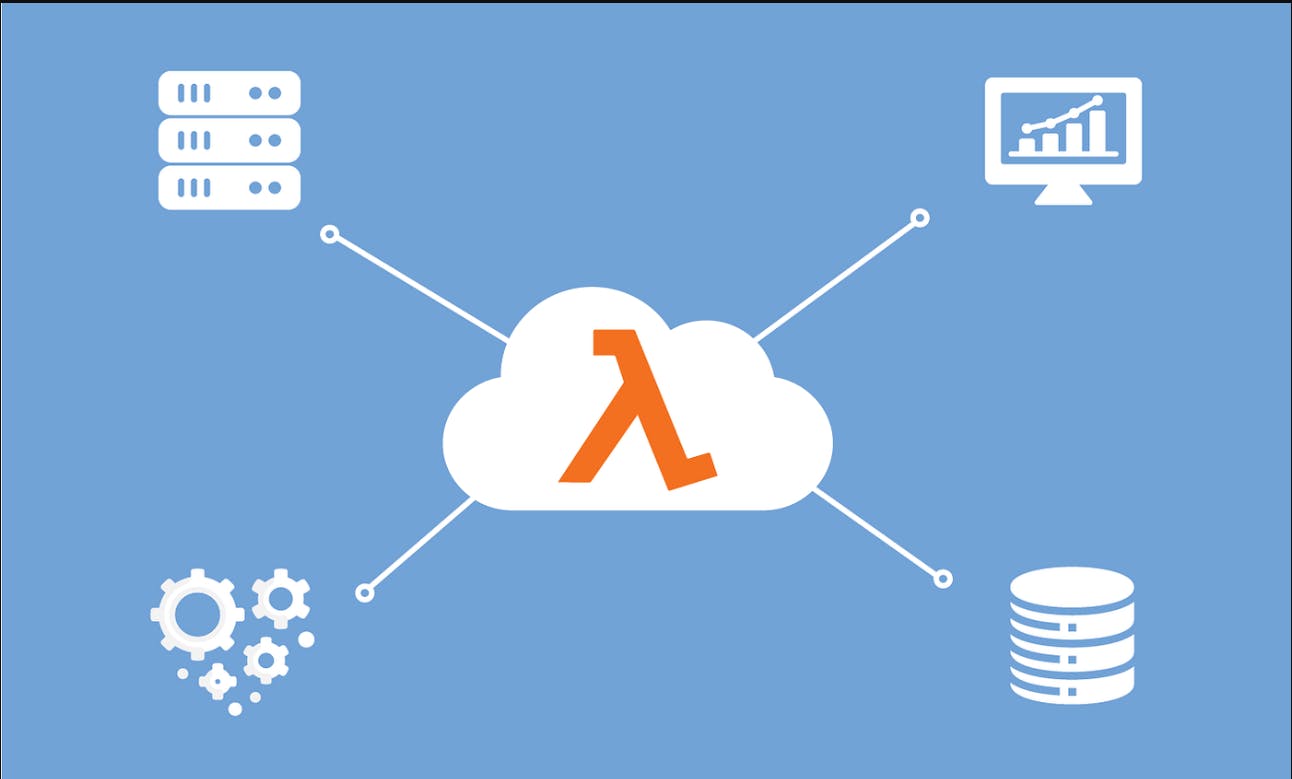
Where is Lambda Used?
Lambda is employed across a wide range of use cases, including:
Real-time file processing
Data transformation and analysis
Backend services for mobile and web applications
Automated data backups and synchronization
IoT (Internet of Things) applications
Scheduled tasks and cron jobs

Real-life Example of AWS Lambda in Action:
Imagine you run a photo-sharing application where users upload images, and you want to automatically generate thumbnail images for better user experience and faster loading times. AWS Lambda can seamlessly handle this task.
Event Source:
- Trigger: User uploads an image to an Amazon S3 bucket.
Lambda Function:
Function: You create a Lambda function written in Python that gets triggered whenever an object is added to the specified S3 bucket.
Task: The function retrieves the newly uploaded image, resizes it to a thumbnail using an image processing library, and stores the thumbnail back in the S3 bucket.
Benefits:
Serverless: You don't need to manage servers; Lambda automatically scales to handle image processing, whether there are ten or ten thousand uploads.
Cost-Efficient: You only pay for the actual compute time used during image processing, making it a cost-effective solution.
Result:
- Users experience faster load times with automatically generated thumbnails, enhancing the overall performance of your photo-sharing application.
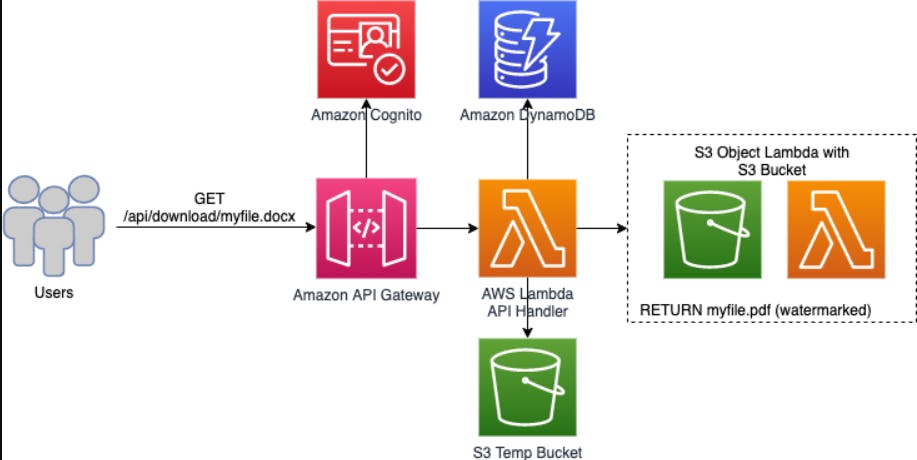
How Lambda Works:
Function:
At the core of Lambda is the concept of a "function." A function is a piece of code written in a supported programming language (e.g., Python, Node.js, Java) that performs a specific task.
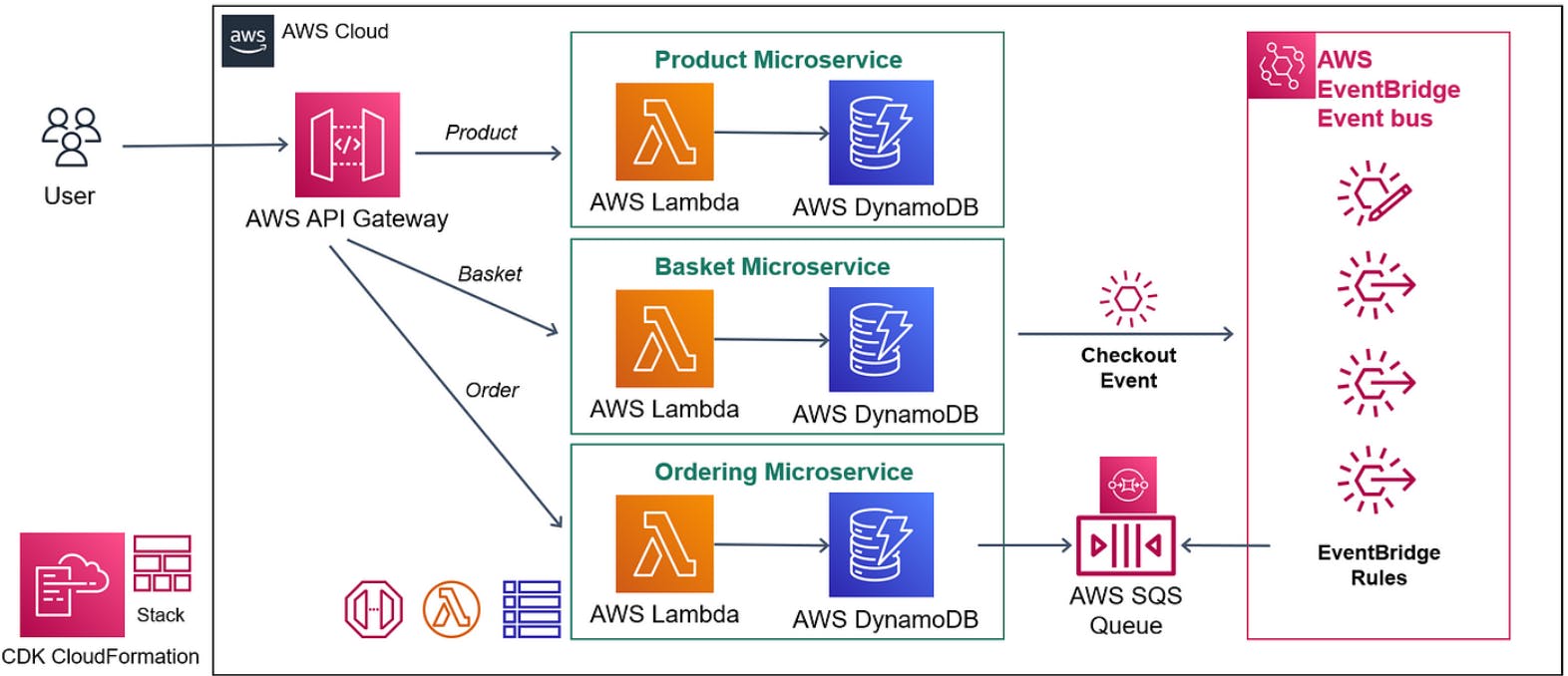
Trigger:
Lambda functions are triggered by events that occur in other AWS services or custom events. Triggers can include changes in data in Amazon S3, updates to DynamoDB tables, or HTTP requests via Amazon API Gateway.
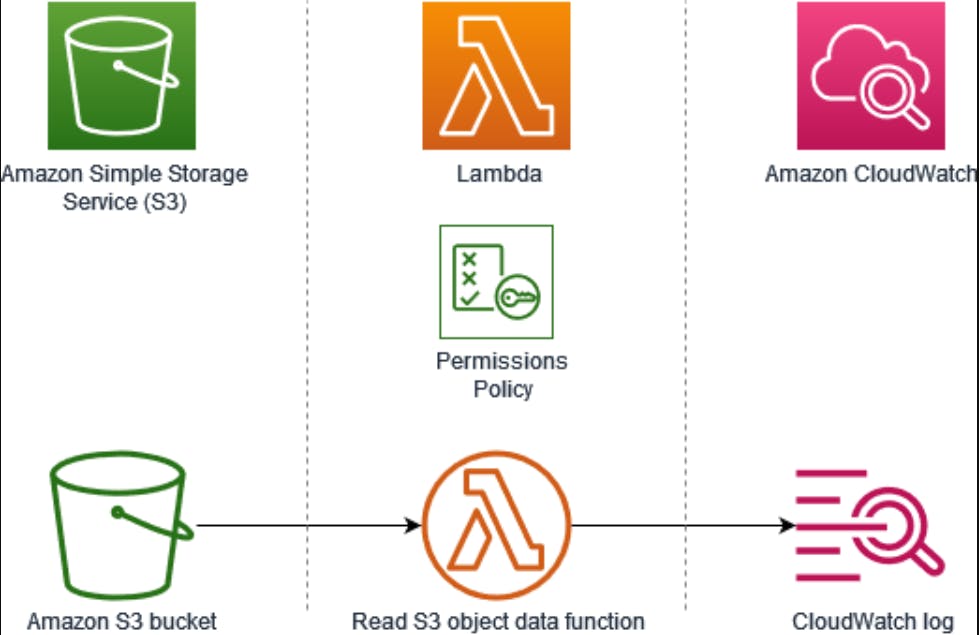
Invoking Lambda Function:
Lambda functions can be invoked synchronously or asynchronously. Synchronous invocation is suitable for applications with immediate response requirements, while asynchronous invocation is used for background processing or decoupling services.
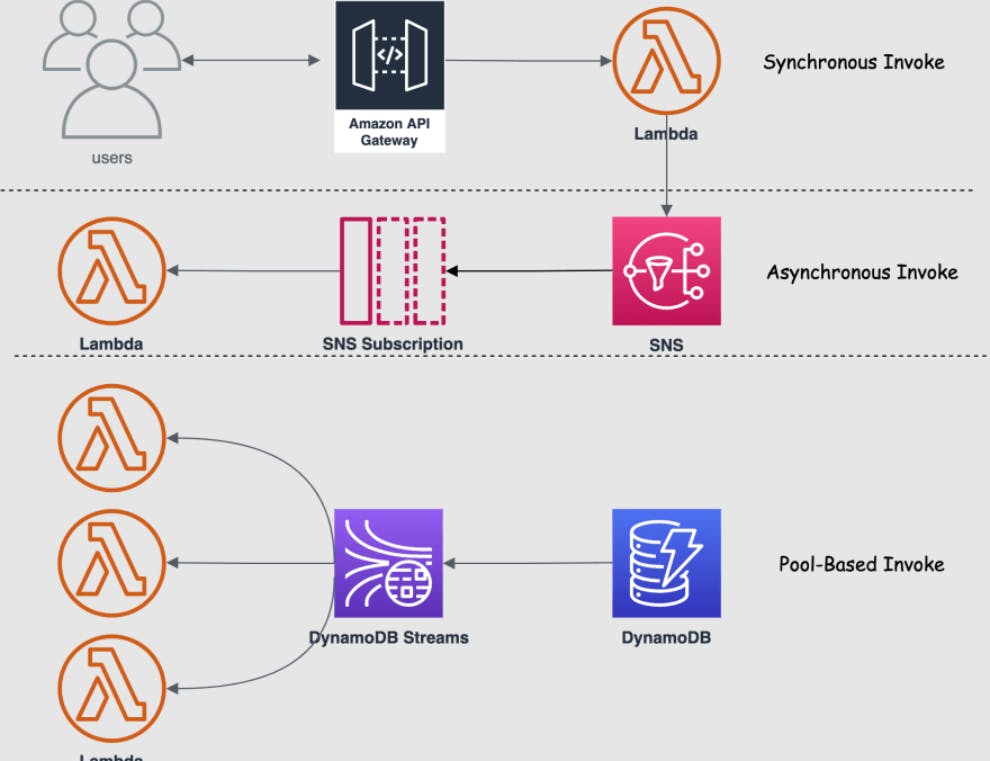
Event Source Mapping:
Lambda supports event source mappings, allowing events from different AWS services to be seamlessly integrated with Lambda functions. This feature ensures that events trigger the corresponding functions with minimal configuration.

Event Filtering:
Lambda supports event filtering, enabling developers to specify which events should trigger a function. This granular control helps manage the flow of events and ensures that functions are invoked only when relevant.
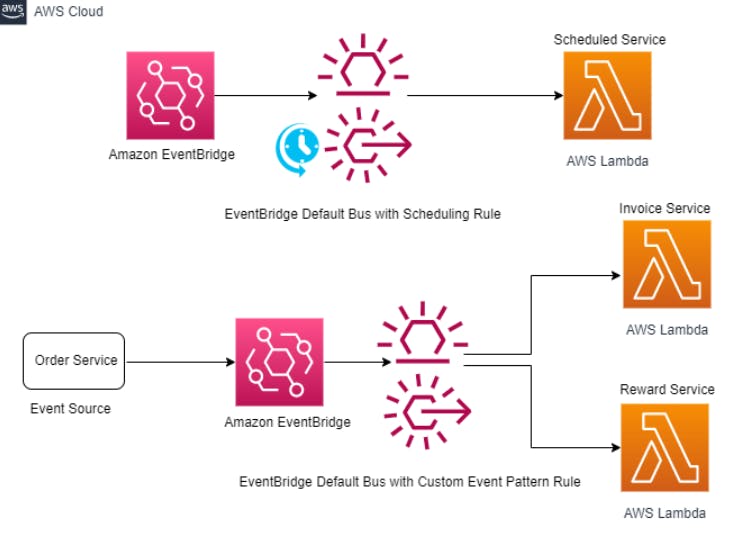
Error Handling and Automatic Retries:
Lambda provides built-in error handling and automatic retries for functions. Developers can configure error handling strategies and define retry policies, ensuring the reliability and robustness of serverless applications.
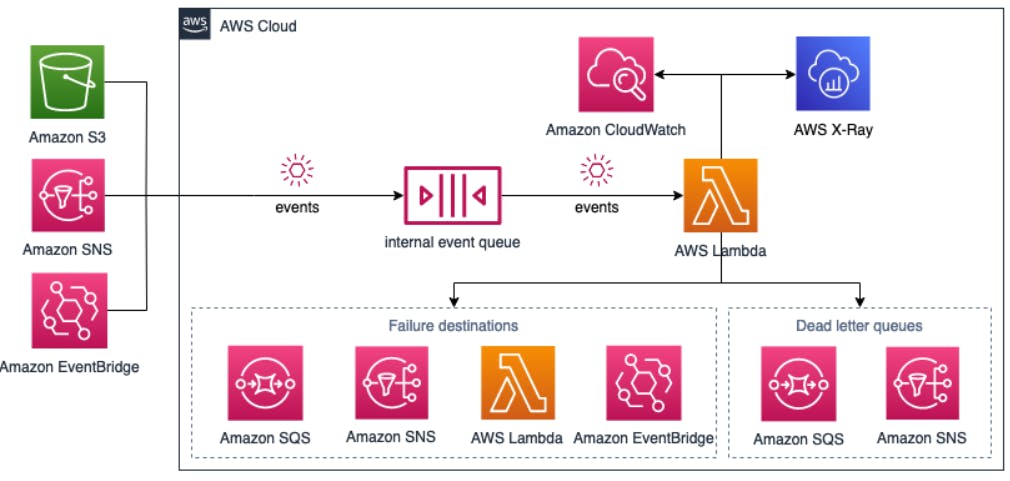
Common Function Errors:
Understanding common errors in Lambda functions is crucial for troubleshooting. Issues such as resource constraints, timeouts, and permission errors can be addressed through proper monitoring and logging.

Concurrency, Reserved, and Provisioned:
Lambda automatically scales to handle concurrent executions of functions. Understanding concurrency limits, reserved concurrency, and provisioned concurrency is essential for optimizing performance and resource allocation.
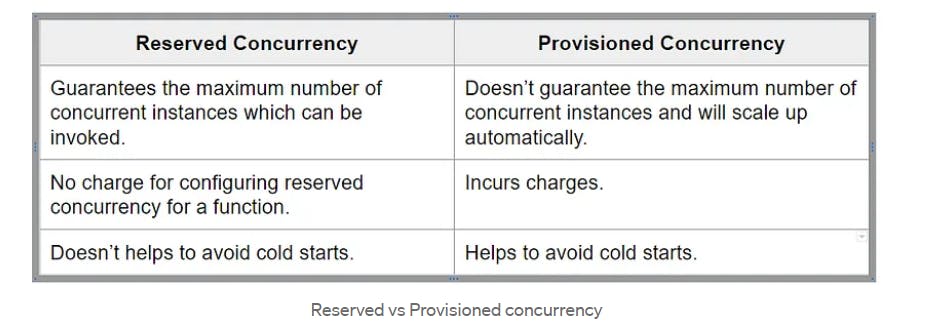
Event Layers and Qualifiers:
Lambda supports the use of layers, which are packages of additional code and runtime that can be added to a function. Qualifiers allow versioning and aliasing of functions, enabling better control over deployment and updates.
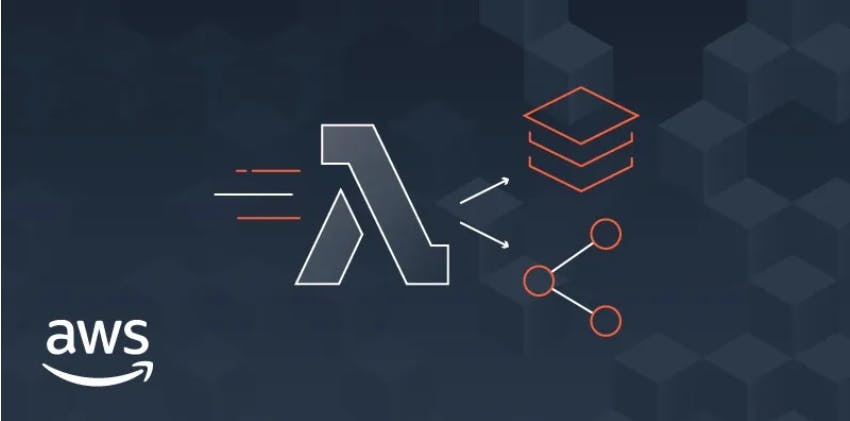
Conclusion:
AWS Lambda has revolutionized the way we build and deploy applications by providing a serverless computing environment. As we explored the key concepts such as functions, triggers, event source mapping, error handling, and more, it's evident that Lambda offers a flexible and scalable solution for a diverse range of use cases. By mastering these features, developers can harness the full potential of AWS Lambda to build resilient and efficient serverless applications.
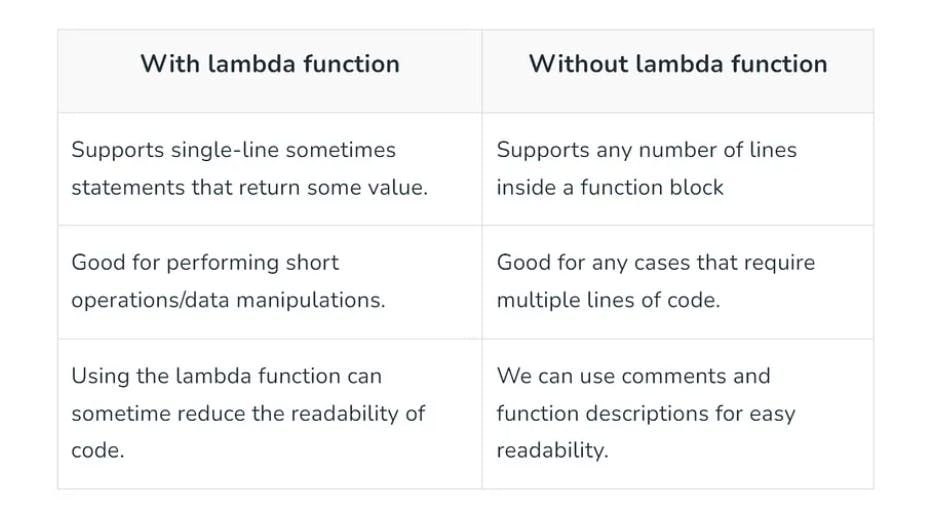
In this overview, we've touched upon the fundamental aspects of AWS Lambda, but there is much more to explore. For in-depth information and detailed documentation, we encourage you to visit the official AWS Lambda documentation at https://docs.aws.amazon.com/lambda/latest/dg/welcome.html.
Dive deeper into the features and capabilities of Lambda to unlock its full potential in your serverless applications. Happy coding!